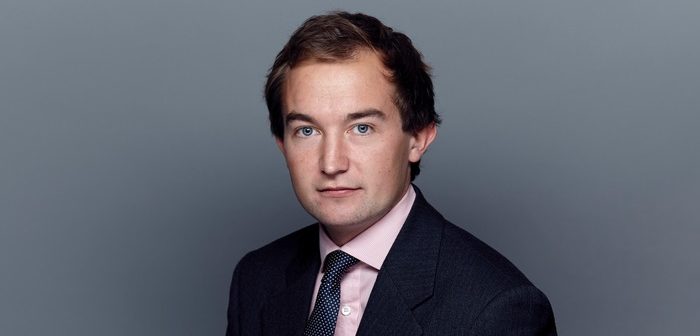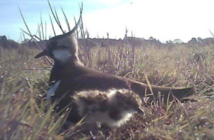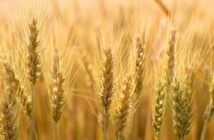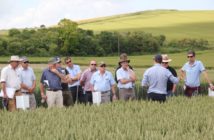Farmland is climbing in value with the average price of arable land in England forecast to reach £10,000/acre by the end of the year.
Analysis of Strutt & Parker’s Farmland Database, which records the details of all farms, estates and blocks of publicly marketed farmland in England over 100 acres, shows that more than 50% of arable land sold so far in 2022 has sold for more than £10,000/acre – the first time this has happened. This compares to just over 30% in 2021.
The proportion of land selling for more than £12,000/acre has also risen.
Tight supplies, coupled with strong demand, have pushed the average price of arable land sold during the first nine months of the year up 4% to £9,800/acre – the highest it has been since 2015. Land is also going under offer at the fastest rate for at least five years. The average price of pasture has risen by 6% over the same period, to a record-breaking £8,000/acre.
“Our expectation is that by the end of 2022 the percentage increase for arable land could be about 6% too,” says Matthew Sudlow, head of Estates & Farm Agency for Strutt & Parker. “There is currently a large amount of arable land under offer at prices which – once the sales have completed and the sold prices added to our dataset – are likely to push the average arable value to over £10,000/acre. The last time we saw average prices at this level was when the market peaked in 2014/2015.”
Supply has been growing, with 66,200 acres publicly marked by the end of Q3, which is more than was marketed during the whole of 2021 or 2020. However, most of this rise can be attributed to a small number of significant sales in terms of acreage – a number in the East of England – rather than a rise in the number of farms and estates being marketed. Although the volume of land has increased compared to the past couple of years, supply remains at historically low levels and demand continues to outstrip supply.
Broad spectrum of suppliers
“The strength of demand reflects the broad spectrum of buyers who are interested in buying land,” says Mr Sudlow. “We have a combination of farmers with rollover money, lifestyle buyers, and private investors, along with individuals and corporate companies looking at land for carbon sequestration or conservation projects.”
Rhodri Thomas, head of Rural at Strutt & Parker, added that as a result of the current turmoil in the global economy, competition for all rural assets will intensify further.
“At times of economic uncertainty there tends to be renewed interest in rural assets, be that farmland or forestry. While these can be complex opportunities, sophisticated investors view them as safer investments, and a good hedge against inflation.
“Investor motivation has never been broader, from commercial environmentalism to the growing need for renewable energy and food security. With the current economic outlook there is of course a trade-off to consider between the cost of borrowing and inflation, and the potential growth in values, but the rural land market continues to look very attractive compared to other asset classes.”
Mr Sudlow concluded: “Investors have good reason to think this way. The value of arable farmland has risen by 33% over the past 10 years and by 298% over the last 20 years, outperforming other property assets and the FTSE100. The financial crisis of 2008 was certainly followed by a surge in demand for farms and estates and we may see a repeat of this pattern. Unless there is a significant rise in supply – which is not looking likely at present – then we anticipate further growth in values.”




